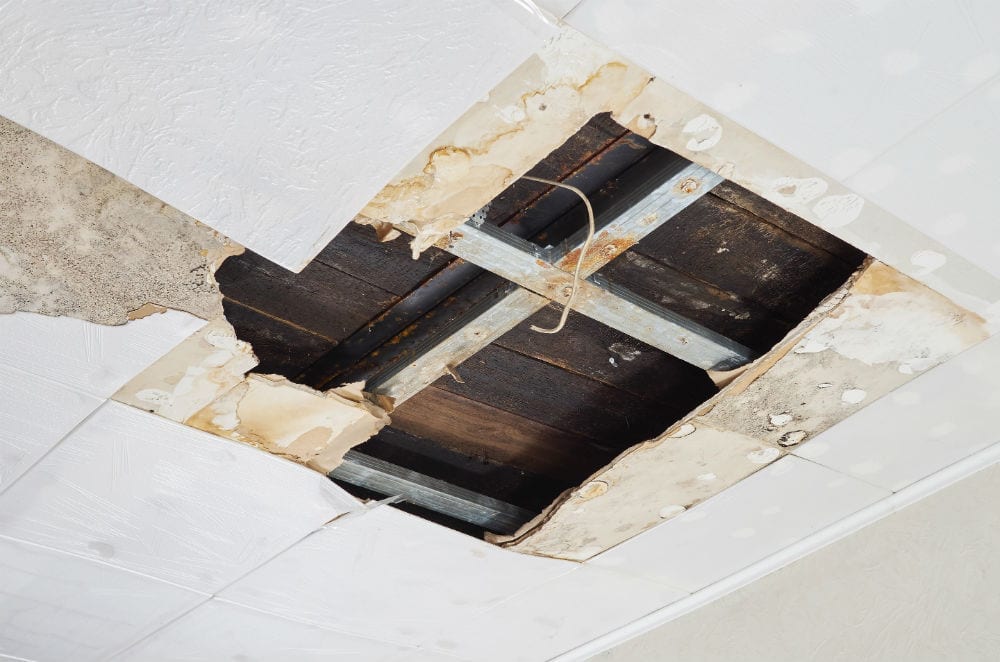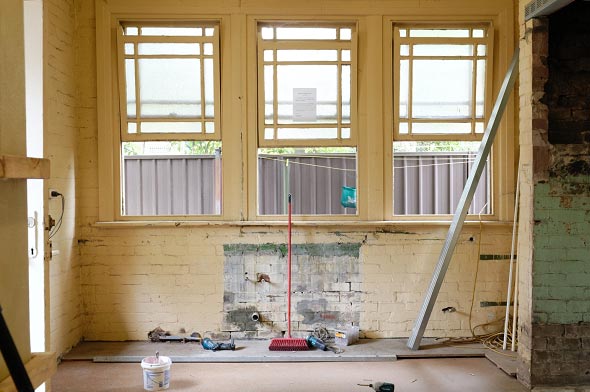Do's & Don'ts of Water Restoration.
Do's & Don'ts of Water Restoration.
Blog Article
The writer is making a few good annotation about Ways to Reduce The Risk Of Fire And Water Damage as a whole in this great article which follows.

Water gives life, water breach on parts where it's not supposed to be can result in damages. If the water soaks into your structure, it can peel away surfaces as well as wear down the structure. Mold and mildew and also mold additionally thrive in a damp setting, which can be harmful for your wellness. Residences with water damages smell old and also musty.
Water can originate from numerous sources such as typhoons, floodings, ruptured pipelines, leaks, as well as drain concerns. In case you experience water damage, it would certainly be good to understand some security preventative measures. Here are a few standards on just how to manage water damage.
Do Prioritize Home Insurance Insurance Coverage
Water damages from flood as a result of heavy winds is seasonal. You can additionally experience a sudden flooding when a damaged pipe unexpectedly bursts into your home. It would certainly be best to have home insurance policy that covers both acts of God such as all-natural tragedies, and also emergencies like broken plumbing.
Do Not Fail To Remember to Switch Off Energies
In case of a calamity, specifically if you stay in a flood-prone location, it would be advisable to switch off the primary electrical circuit. This removes power to your entire house, preventing electric shocks when water comes in as it is a conductor. Furthermore, don't neglect to turn off the major water line valve. Furniture will certainly move around and also trigger damage when floodwaters are high. Having the major valve shut off protects against additional damage.
Do Remain Proactive and Heed Weather Condition Alerts
Tornado floodings can be really unforeseeable. If there is a background of flooding in your neighborhood, stay aggressive and prepared. Pay attention to evacuation warnings if you live near a lake, river, or creek . Get belongings from the first stage and basement, then placed them on the highest possible level. Doing so decreases prospective building damages.
Don't Disregard the Roofing System
You can prevent rain damages if there are no holes and also leaks in your roofing. This will certainly avoid water from moving down your walls as well as saturating your ceiling.
Do Take Note Of Tiny Leakages
A burst pipeline does not occur overnight. Usually, there are warnings that suggest you have actually damaged pipelines in your house. For example, you may observe bubbling paint, peeling wallpaper, water touches, water discolorations, or leaking sounds behind the walls. Eventually, this pipe will burst. Preferably, you ought to not wait on points to intensify. Have your plumbing fixed before it causes substantial damage.
Do Not Panic in Case of a Ruptured Pipe
Maintaining your presence of mind is vital in a time of crisis. Because it will certainly stifle you from acting fast, panicking will just compound the issue. When it comes to water damages, timing is vital. The longer you wait, the even more damage you can expect. Thus, if a pipe bursts in your home, instantly shut down your main water shutoff to remove the resource. After that unplug all electrical outlets in the location or turn off the breaker for that part of your home. Call a reliable water damage reconstruction professional for aid.
Water provides life, water invasion on parts where it's not supposed to be can result in damages. Houses with water damage scent old as well as musty.
Water damages from flood charges to hefty winds is seasonal. You may see bubbling paint, peeling off wallpaper, water streaks, water stains, or trickling noises behind the walls. When it comes to water damages, timing is crucial.
Some Do's & Don't When Dealing with a Water Damage
DO:
Make sure the water source has been eliminated. Contact a plumber if needed. Turn off circuit breakers supplying electricity to wet areas and unplug any electronics that are on wet carpet or surfaces Remove small furniture items Remove as much excess water as possible by mopping or blotting; Use WHITE towels to blot wet carpeting Wipe water from wooden furniture after removing anything on it Remove and prop up wet upholstery cushions for even drying (check for any bleeding) Pin up curtains or furniture skirts if needed Place aluminum foil, saucers or wood blocks between furniture legs and wet carpet Turn on air conditioning for maximum drying in winter and open windows in the summer Open any drawers and cabinets affected for complete drying but do not force them open Remove any valuable art objects or paintings to a safe, dry place Open any suitcases or luggage that may have been affected to dry, preferably in sunlight Hang any fur or leather goods to dry at room temperature Punch small holes in sagging ceilings to relieve trapped water (don't forget to place pans beneath!); however, if the ceiling is sagging extremely low, stay out of the room and we'll take care of it DO NOT:
Leave wet fabrics in place; dry them as soon as possible Leave books, magazines or any other colored items on wet carpets or floor Use your household vacuum to remove water Use TV's or other electronics/appliances while standing on wet carpets or floors; especially not on wet concrete floors Turn on ceiling fixtures if the ceiling is wet Turn your heat up, unless instructed otherwise

Do you really like more info about Safety Tips To Prevent Fire And Water Damage? Try to leave a review directly below. We would be glad to hear your thoughts about this blog entry. We are looking forward that you visit us again soon. Do you know about somebody else who is intrigued by the niche? Feel free to promote it. Thanks a lot for your time. Don't forget to stop by our site back soon.
Report this page